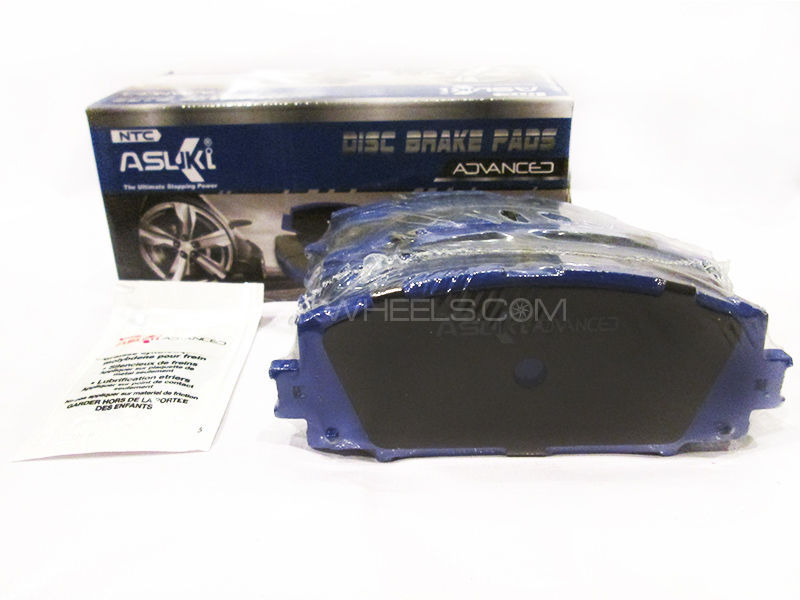Driving a car is not only about speed and style but also about safety. Brakes are a crucial component of a car that enables its driver to slow down or stop the car effectively. Therefore, maintaining your car's braking system and its components, especially the brake pads, is highly essential to ensure maximum safety while driving. With regular use, the brake pads tend to wear out or become damaged, which can affect the braking performance of the car. In such cases, it becomes necessary to change or replace the brake pads. In this blog, we will discuss the importance of brake maintenance, how to identify when your car's brake pads need replacement, and a step-by-step guide to change the brake pads.

The Importance of Regular Brake Maintenance
Regular brake maintenance not only ensures safety but also prolongs the lifespan of the braking system. Brake pads are essential components of the braking system that wear out with regular use. Therefore, it is crucial to keep an eye on the brake pads' wear and tear regularly. It is recommended to inspect the brake pads at least once a year, depending on the car's usage.
Identification of Brake Pad Wear
Usually, the brake pad wear depends on the car's usage and driving conditions. However, there are a few signs that indicate that the brake pads need replacement. Some of the signs of worn-out brake pads are:
1. Squealing or grinding noise while applying the brakes.
2. Reduced braking efficiency or increased stopping distance.
3. Vibrations while braking.
4. Brake warning light illuminates on the dashboard.
If you observe any of the above signs, it is highly recommended to inspect the brake pads immediately. Ignoring the worn-out brake pads can lead to severe safety issues and further damage to the braking system.
Step-by-Step Guide to Change the Brake Pads
1. First, ensure that you have all the necessary tools and equipment required to change the brake pads, such as a lug wrench, a c-clamp, and new brake pads.
2. Elevate the car's front wheels with the help of a car jack.
3. Remove the wheel with the lug wrench.
4. Access the brake caliper by removing the bolts holding it in place.
5. Remove the old brake pads by sliding them out of the caliper.
6. Use the c-clamp to compress the brake piston fully.
7. Install the new brake pads in the caliper.
8. Reinstall the brake caliper with new bolts.
9. Repeat the process for the other wheel.
10. Reinstall the wheels and tighten the lug nuts.
11. Lower the car from the jack and test the brake pads' performance by applying the brakes gently.
Conclusion
Maintaining the brakes and their components is essential to ensure maximum safety while driving. Brake pads are essential components of the braking system that require regular inspection and maintenance. Identifying the worn-out brake pads' signs and replacing them immediately is highly recommended to avoid safety issues and further damage to the braking system. By following the step-by-step guide mentioned above, you can easily change the brake pads on your car and ensure maximum safety and efficiency of the braking system. Therefore, to avoid any brake-related issues while driving, make sure to inspect and maintain the brakes regularly, and replace the brake pads whenever necessary. Use high-quality new brake pads, such as D1089 brake pads, for maximum brake efficiency and safety.